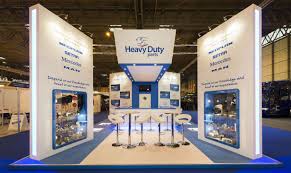Chromium and nickel are the main components of stainless steel 310 pipes, austenitic stainless steel. It is very robust and weldable. The product can be used in a variety of applications due to its increased ductility. In comparison to other material classes, the Grade Stainless Steel 310 Pipes can function at high temperatures with less corrosion.
It is suited for high-pressure and increased temperature applications in ASTM A312 TP 310. Various specifications exist, including ASME A213 and 312. The pipes and tubes can withstand temperatures of up to 1150 degrees Celsius when operating continuously and up to 1035 degrees Celsius when operating intermittently. Sulfur, phosphorus, silicon, manganese, carbon, 24% chromium, 19% nickel, and other elements make up the ASTM A213 TP 310 tube.
The material has a 205 MPa minimum yield strength and a 520 MPa minimum tensile strength, respectively. The 310 stainless steel pipe has a 40% elongation rate and a 225HBW Brinell hardness rating. The pieces could be joined using electrodes and filler metals. To link them, most welding techniques could be employed. It is not necessary to apply heat treatments after welding or while preheating.
Burners and combustion chambers, retorts, muffles, annealing covers, saggers, fluidized bed combustion chambers, kilns, radiant tubes, petroleum refinery tube hangers, steam boilers, internal coal gasifier parts, lead pots, thermowells, refractory anchor bolts, food processing equipment, and cryogenic structures are among the applications for stainless steel 310.





